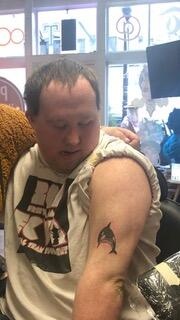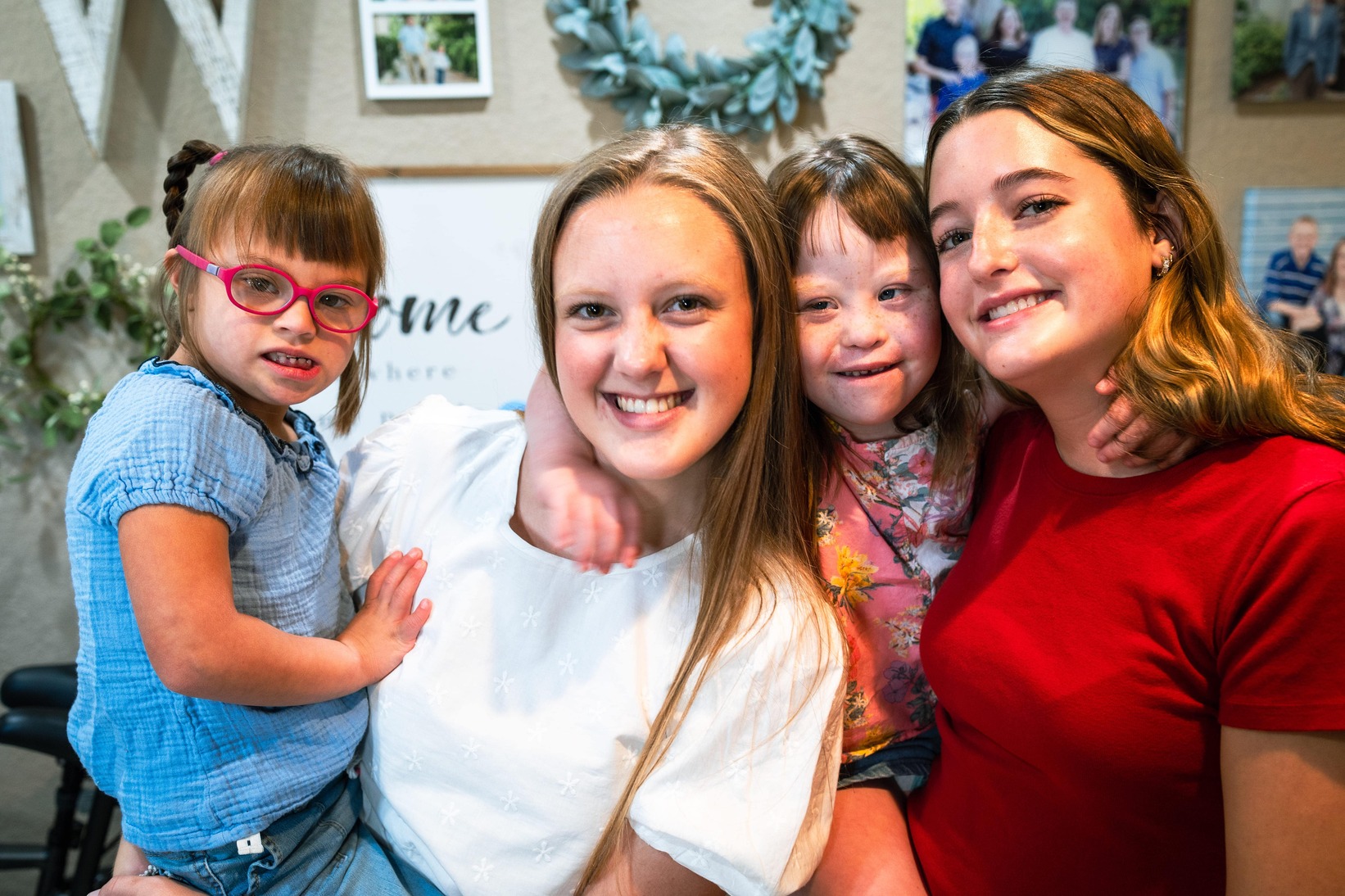PWP is featured prominently in this video.
https://www.uhc.com/news-articles/community/multi-assistance-center

PWP is featured prominently in this video.


People with disabilities are often thought of as vulnerable, powerless, unable to participate in their care, and oftentimes invisible. The POWER is because we help do just that, help them to go from powerless to powerful, in whatever way we, and they, can.
And the Marc piece is self-explanatory – he is the powerful force behind all this. It really is about turning the current paradigm on its’ head and recognizing that every single person should be encouraged and helped to find their own power. We went through a lot of names that talked about dignity, respect, etc., but the Power to Marc name resonated with what we are all about.
The name, Marc can also be a stand in for all the people we serve.
This is also about YOU! Power to Michael, Power to Emily, Power to …… YOU!
The solution is Practice Without Pressure (PWP). PWP is a philosophy and process of care that works with the individual, the caregiver, and the professionals who serve them, to reduce sedation, eliminate restraint, and improve experiences when accessing medical, dental and personal care procedures.
PWP puts the person first, and the procedure follows. Our philosophy understands that behavior is communication. By taking the pressure off and practicing at the person’s pace, using PWP building blocks, strategies and techniques, we create an environment of participation, confidence and success, rather than compliance, restraint and fear.
We have worked with thousands of individuals and caregivers using the PWP philosophy and process. In one study in Delaware, PWP reduced sedation by 76.6% in a group of over 90 adults in the state service system for medical, dental or personal care, with zero restraint.
PWP can be used with individuals of any age or disability. It has been used successfully with individuals who harm themselves or others, as well as those who may hit, kick, bite or run away during medical, dental or personal care procedures. It has been used with individuals as young as two, and as old as 75.
Individuals with disabilities often experience fear responses when accessing medical, dental and personal care. These responses may be strong anxiety, running away, kicking, hitting or biting. Often, physical restraint or sedation is used to complete procedures like dental care, tooth-brushing, blood draws, nail care or even haircuts.
Caregivers also experience the trauma, and may even stop having procedures done, or doing things like hair and nails when the individual is sleeping.
Based on information from the Center from Disease Control and Prevention (CDC) Approximately 6.5 million people in the United States have an intellectual or developmental disability (IDD). This community reports difficulty finding appropriately trained and willing providers and, all too often, people with IDD are subjected to restraint and sedation to receive routine medical, dental, and personal care resulting in trauma and the risks associated with anesthesia. As a result, caregivers delay or altogether avoid preventative care (such as blood draws, ob/gyn exams, dental cleanings, etc) causing many people with IDD to end up in the Emergency Room. As an example – based on data provided by United Healthcare, on average 90 – 95% of OR/ER dental and related services are due to lack of preventive care. Protective stabilization (restraint) with or without the patient’s permission, or sedation, is considered a “best practice” Restraint is common, leading to trauma for the person, their caregiver(s) and the professional(s) that serve them.
There is another way!